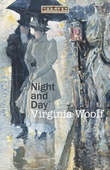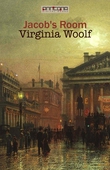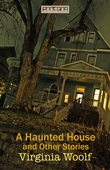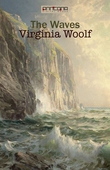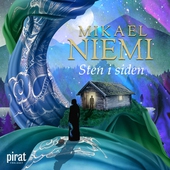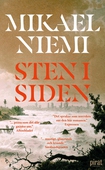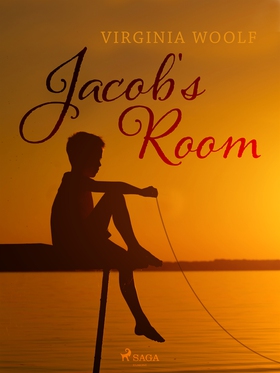
Lägg till önskelistan
Jacob's Room e-bok
Pris
139 kr
"I enjoy the spring more than the autumn now. One does, I think, as one gets older."
'Jacob's Room' (1922) is Virginia Woolf’s third novel and established her influence as a symbolic writer. It centres around the life of Jacob Flanders, a sensitive young man struggling to harmonise his admiration for Classical culture with the anarchic reality of contemporary society.
Written as a character study of Flanders, the novel is built upon the impressions of those who inhabit his world - mostly w...
E-Bok
139 kr
Pris
Förlag
Saga Egmont
Utgiven
2 December 2021
Längd
112 sidor
Genrer
Romaner, Skönlitteratur
Språk
English
Format
epub
Kopieringsskydd
Vattenmärkt
ISBN
9788726606898
"I enjoy the spring more than the autumn now. One does, I think, as one gets older."
'Jacob's Room' (1922) is Virginia Woolf’s third novel and established her influence as a symbolic writer. It centres around the life of Jacob Flanders, a sensitive young man struggling to harmonise his admiration for Classical culture with the anarchic reality of contemporary society.
Written as a character study of Flanders, the novel is built upon the impressions of those who inhabit his world - mostly women who fall helplessly in love with him.
By frequently making use of colour references, Woolf paints a vivid picture of the characters and the surroundings creating a painting-like narrative of the novel itself.
'Jacob's Room' is written in a stream-of-consciousness-like style and - of which Woolf was a pioneer - is experimental in its form and rhythm, separating it from Wolf’s usual writing style and making it an inherently experimental piece of literature.
Adeline Virginia Woolf (1882-1941) was an English writer who, despite growing up in a progressive household, was not allowed an education. When she and her sister moved in with their brothers in a rough London neighborhood, they joined the infamous The Bloomsbury Group, which debated philosophy, art and politics. Woolf's most famous novels include 'Mrs Dalloway' (1925) and 'To the Lighthouse' (1927).



